
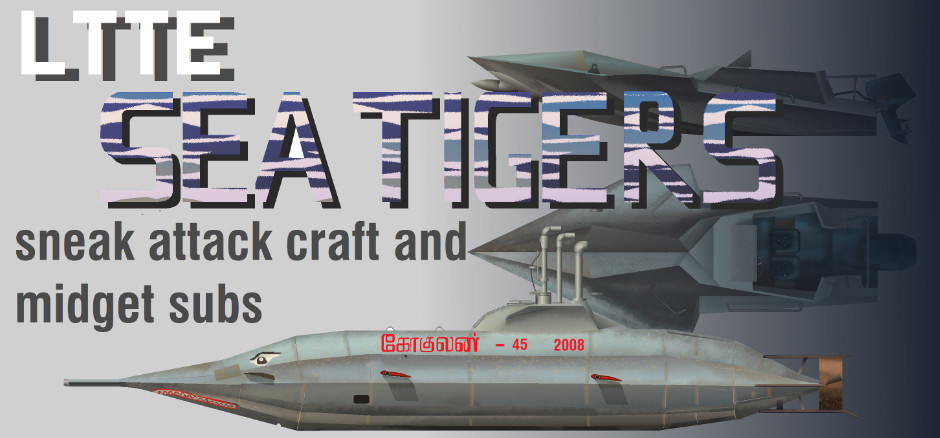
The Liberation Tigers of Tamil Eelam (LTTE - தமிழீழ விடுதலைப் புலிகள், popularly known as the Tamil Tigers) waged a bloody civil war with the Sri Lankan government from 1983 until 2009. At times they dominated much of the north of the country and developed a sizable military capability. They were eventually defeated militarily in 2009.
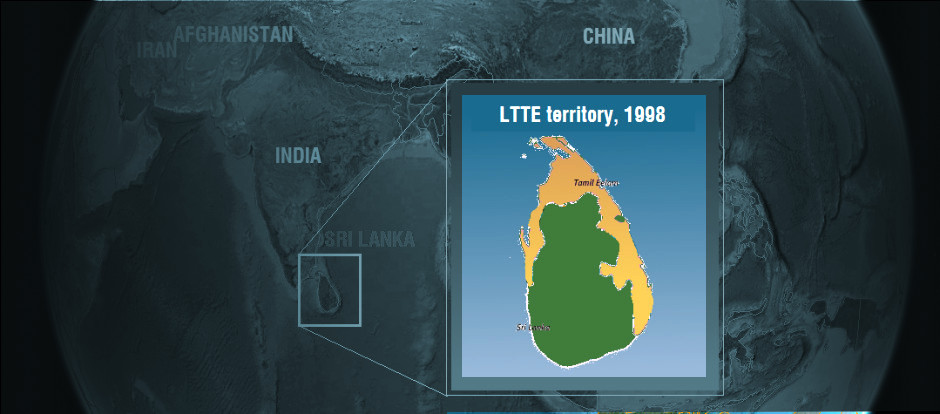
As the LTTE grew from a guerilla movement into a quasi-conventional army, they built up a naval capability as the Sea Tigers (கடற்புலிகள்). This was strategically vital as the Tamil Tigers relied on their sea lines of communication for supplies. The Sea Tigers only ever had a limited open ocean capability, far inferior to the Sri Lankan Navy, but sought to make up for it inshore with a range of innovative asymmetric capabilities, including explosive suicide boats, divers, semi-submersibles and crude submarines. These were built in clandestine jungle factories in LTTE held territory.
Throughout the conflict the LTTE published photographs and video of a range of capabilities for propaganda purposes. These often showed interesting and novel Sea Tiger craft. Additionally the Government showed off captured prizes and still displays an impressive array of Sea Tiger craft. Between these sources the internet is rich with imagery of Sea Tiger craft (especially if you search in local languages).
However, it is not always obvious what is being shown and the commentary is often vague or incorrect. Therefore this ongoing research attempts to make sense of the various LTTE craft photographed by both sides during and after the conflict. Corrections and input welcome.
The Sea Tiger’s craft generated a lot of interest because hey were often innovative and unusual. Each time one of their ‘submarines’ was discovered it was briefly newsworthy around the world. They were not constrained by convention and dared to experiment with some incredibly bold design concepts. And so while some of their craft were crude, and others seemingly ineffective, many more were substantial and potent.
Another factor is that, although production was prolific, now two craft were the same. Everything was different and unusual.
The LTTE Sea Tigers’ craft can be subdivided into the following categories:
1. Gunboats: surface craft designed to engage enemy vessels with gunfire.
2. Explosive boats: speed boats with an explosive charge built in, designed to ram the enemy and explode.
3. Human torpedoes: one-man semi-submersible craft designed to ram and destroy the enemy.
4. Low Profile Vessels: boats designed to run almost submerged. Generally slower than Explosive boats and less submerged than Semi-Subs (see below)
4. Semi-subs: snorkel subs and larger craft designed to dive momentarily, or substantially submerge.
5. Submarines: fully submersible vessels.
6. Combat swimmers: divers equipped with limpet mines or similar means of inflicting damage on the enemy.
7. Limpet mines
8. Sea Mines
1. Gunboats
The Sea Tigers operated a large force of small boats, most armed with heavy machine guns (12.7mm, 14.7mm). Based on a range of leisure and fishing craft, many had four or six outboard motors at the back to provide high speeds.

Despite a multitude of crewed machine guns the small surface craft were a poor match for Sri Lankan Navy patrol boats one on one so relied on swarm tactics. With the limited effectiveness of the gunboats against high value military targets, the Sea Tigers began to explore less conventional means….

The LTTE experimented with several unusual hull designs. The one on the left may technically be a Low Profile Vessel (see below)
Learn EVERYTHING about Special Forces subsCovert Shores 2nd Edition. A world history of naval Special Forces, their missions and their specialist vehicles. SEALs, SBS, COMSUBIN, Sh-13, Spetsnaz, Kampfschwimmers, Commando Hubert, 4RR and many more.
Check it out on Amazon
2. Explosive boats
The Sea Tigers’ gunboats had a very limited capability when it came to sinking larger vessels. Although the Tamil Tigers did manage to acquire a handful of second-hand torpedoes and one Russian torpedo tube, there was no realistic likelihood of LTTE being able to put full size torpedoes onto their various craft. Instead the answer, as they saw it, lay in making the boat into a torpedo. The one thing that the LTTE possessed was fighters willing to die for their cause, even if it meant suicide. Thus suicide craft with a warhead attached to the front, rammed into an enemy vessel, was a very real tactic. This was technically simpler and more reliable that the various explosive boats where the pilot has to escape moments before impact, as used by the World’s elite Special Forces (Decima-MAS, Shayetet 13, RMBPD….). 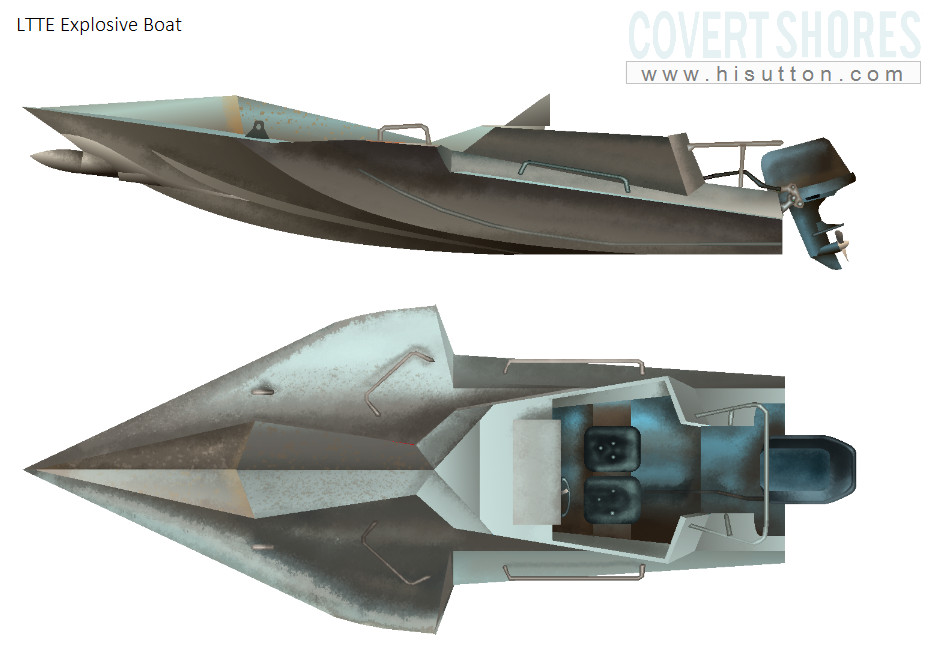
Approaching their target at high speed, the LTTE’s explosive boats had to be taken very seriously and inflicted occasional but impressive casualties on the Government forces. Even if the impact failed to sink the target, a determined attack could inflict a mobility kill which would inevitably lead to further impacts.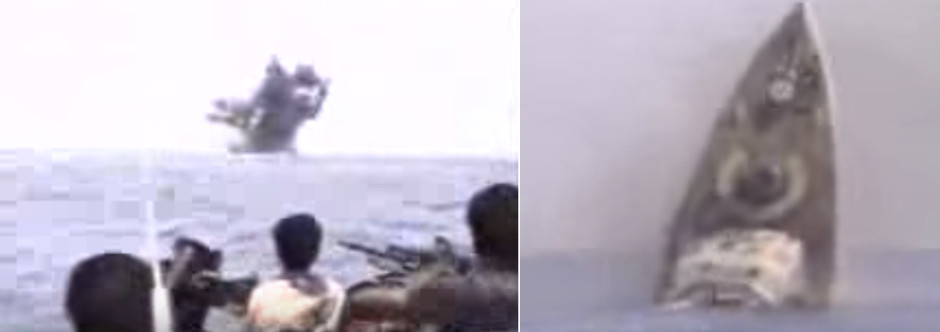
Initially the Sea Tigers began attaching explosive warheads onto the front of fast boats. Over time these became smaller and more specialized.
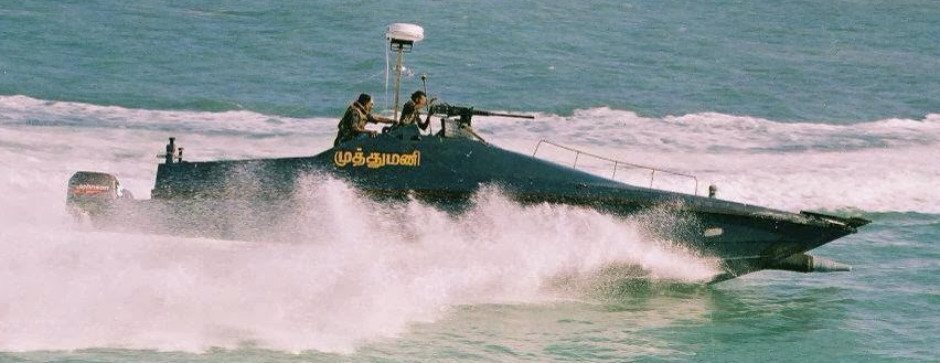

So-called 'stealth' boats'
The main type of explosive boat was a very small planing hull with distinctive low and wide wing-like appearance. Unusually for such a small boat it was constructed out of steel to protect against incoming fire as t approached the target. It is possiblethatthe wing-like structure was intended to help lift the heavy bow-section out of the water during high speed runs. The upper surfaces were angular with a ridge along the bow leading to an open topped cockpit for the two-man crew. A single outboard motor was attached at the stern, although at least one example had twin outboards. The main charge was a single artillery shell (or similar warhead) crafted into the bow below. Four or six grenade launchers were also sometimes fitted forward. At least six craft were built to very similar lines, and possibly many more. Although the design was somewhat standardized, no two craft were identical.
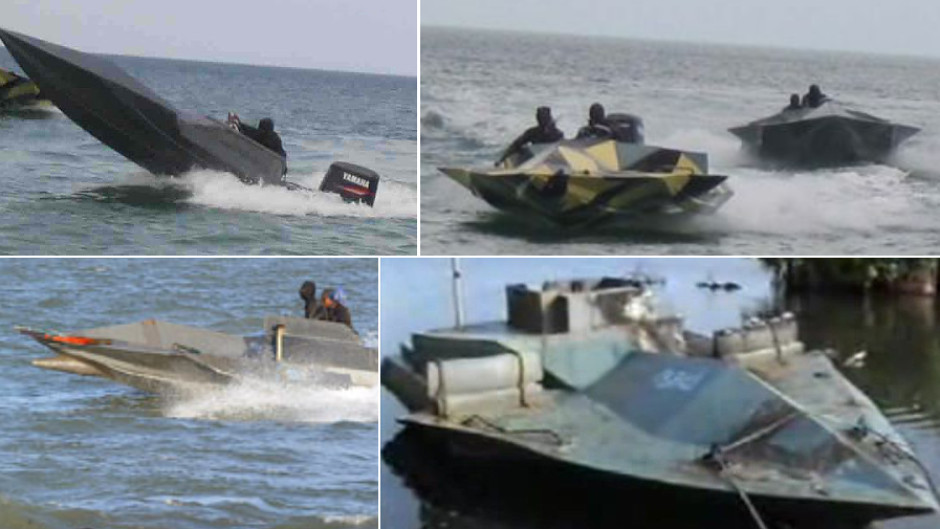
although these boats were often erroneously described as stealthy due to the angular lines which resembled an F117A stealth fighter. However there is no reason to presume that they were stealthy, although their inherent low profile made them difficult to spot.

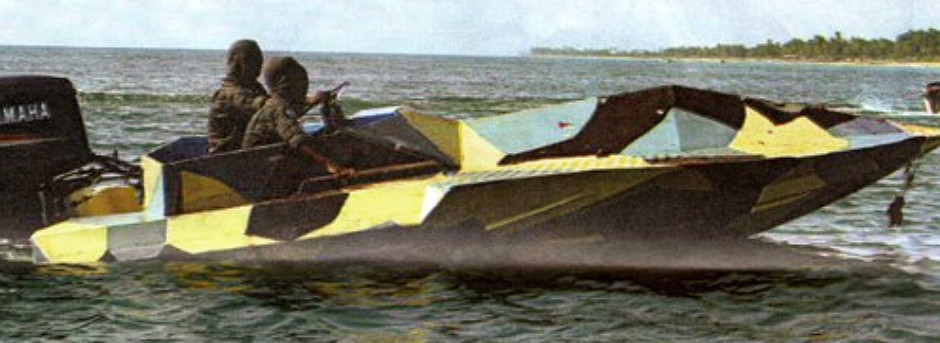
Low-planing explosive boats


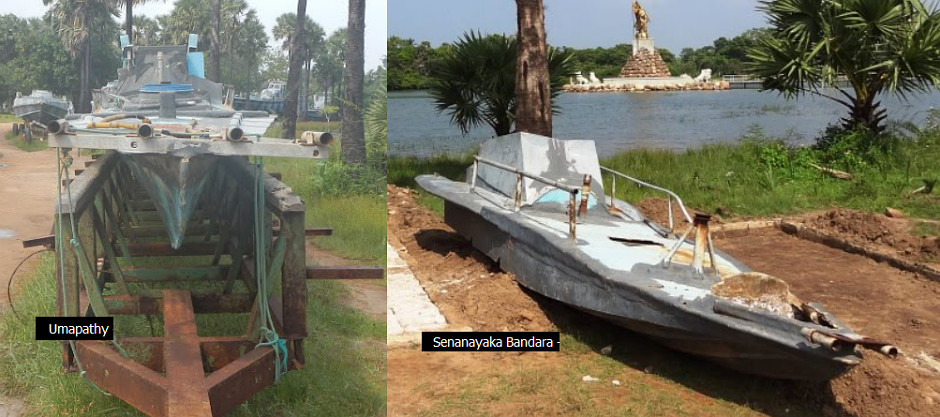
3. Human torpedoes
The extension of explosive boats was to remove as much of the boat from the equation as possible.
Diver-aimed floating torpedo

A minimal profile configuration had a warhead mounted on a floating swimmer tug with a small outboard motor mounted between the vehicle and the pilot with a metal plate protecting the engine itself from incoming fire. This would have presented a minimal target to the defenders.
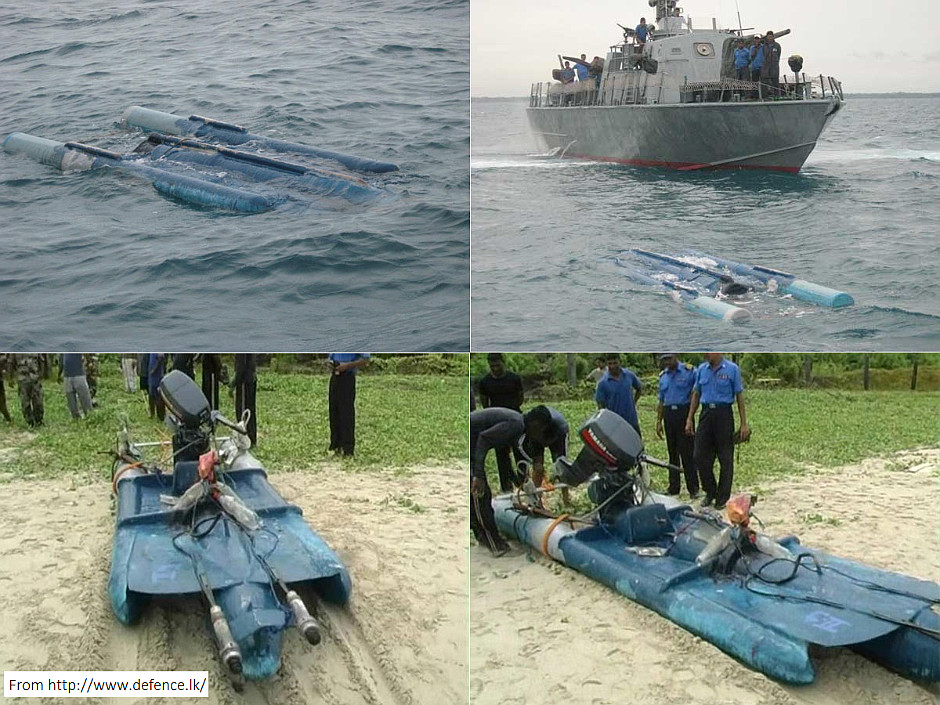
Another example of a minimal profile human torpedo equipped with an outboard motor. The craft was found by the Sri Lankan Navy floating upside down near the site of a failed suicide attack.
More Human Torpedo designs. Note that the one on the right uses a boat form and has an internal cockpit rather than the swimmer hanging on behind:

LTTE 'Kaiten' enclosed human torpedo
The most impressive torpedo-like craft was approximately ten meters long and constructed from steel, with a small hemispherical cockpit mid-way along the hull. Details are limited.
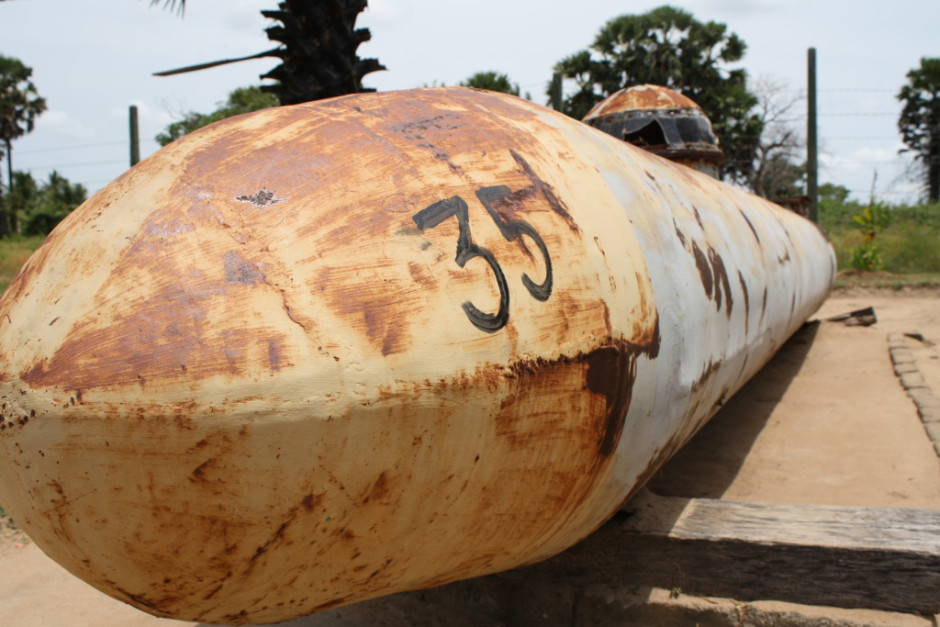

Small enclosed human torpedo
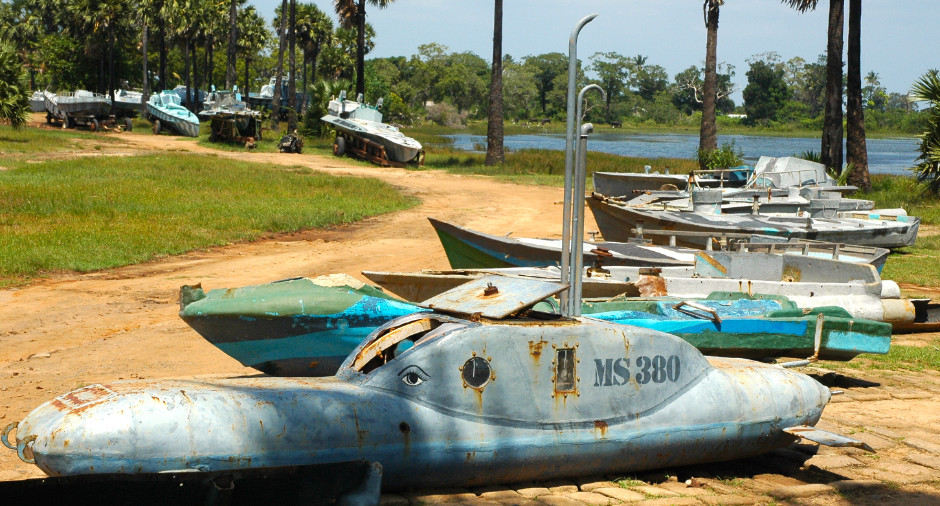
This photograph from bandi42.files.wordpress.com shows several human torpedoes in the foreground. In the background are a range of captured low profile vessels(LPVs), semi-subs and gunboats.
Oddball human torpedoes
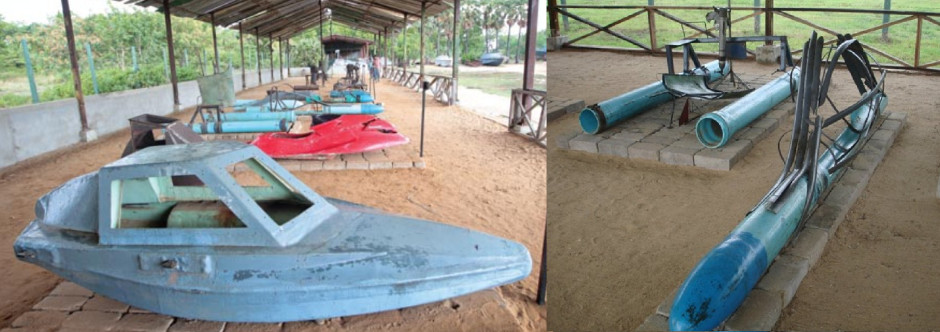
(Left) This craft appears to be an unfinished fiberglass one-man human torpedo although the orm is similarto Low Profile Boats (see below). Most likely a small outboard motor was to be fitted to the back. The red item behind is part of a jet ski.
(Right) Another crude unfinished human torpedo. The cage-like structure is probably a cockpit for the pilot and an outboard motor would have been fitted aft. The craft in the background is probably the remains of a manually powered paddle board – see combat swimmer section below.
4. Low Profile Vessels
Low profile boats (LPVs) are designed to run very low in the water, almost submerged but with the upper deck just above the surface. This reduces their radar signature and makes them harder to detect, and harder to shoot at. It does compromise on speed however as the engine has to push more of the craft through the water compared to speed boats which try to lift the hull out of the water (called planing).
Fiberglass LPV #1

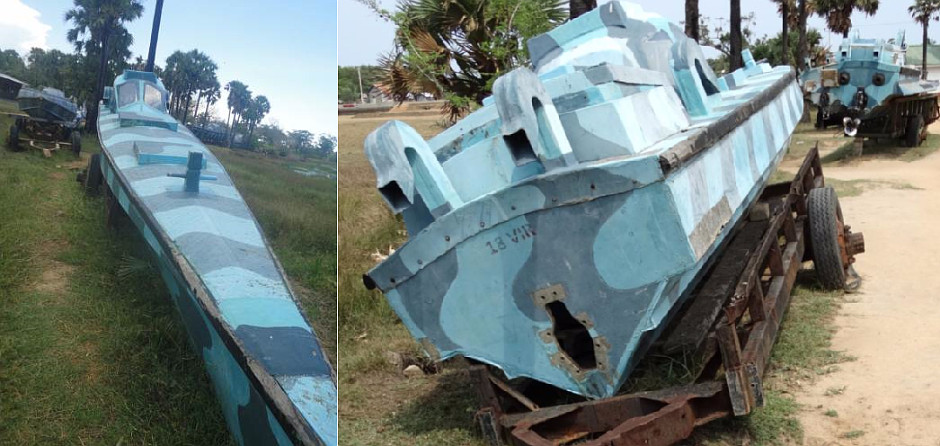
Righthand image by Adam Jones: https://open.library.ubc.ca/cIRcle/collections/46343/items/1.0168431
Fiberglass LPV #2

Small one-man fiberglass semi-sub. The craft to the left in the right-hand image is the main type of explosive boat, and the craft on the right is some form of human torpedo.
Steel LPV

This is the most elegant and probably the most advanced LPV design developed by the LTTE. It was discovered in a jungle factory near Udayankattu, Mullaitivu in January 2009 as Government Forces swept north through LTTE territory. It appears carefully designed and well-made considering the challenges of jungle / scrap-yard construction. Its role is unclear.
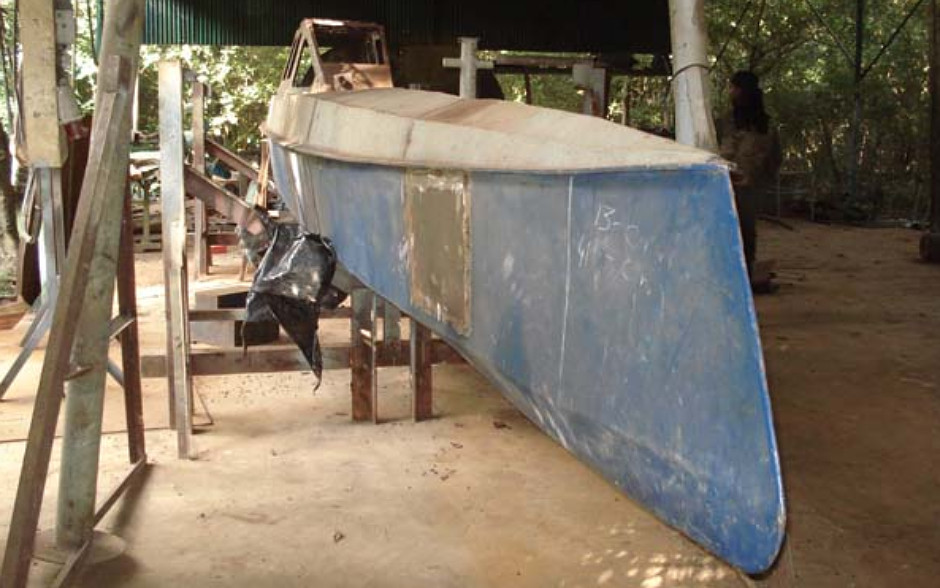
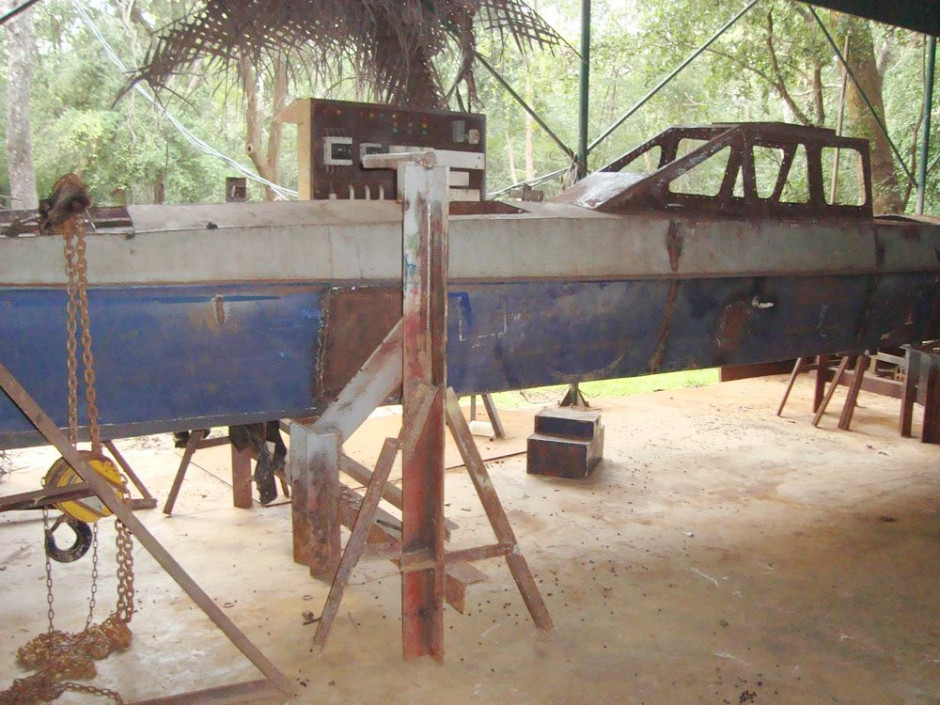
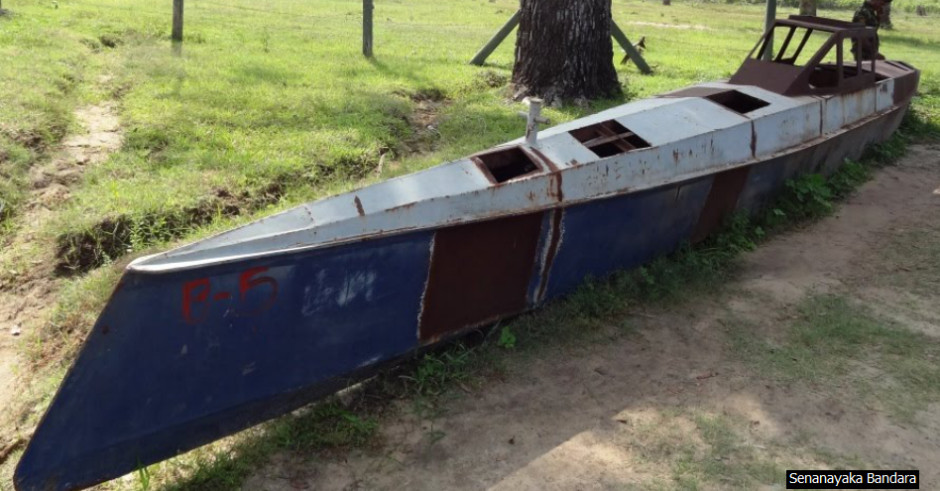
Note that the steel on the lower hull is painted the same color as the Farah 3 merchant vessel damaged and beached by the LTTE off the coast of Mullaitivu. This may not be a coincidence.
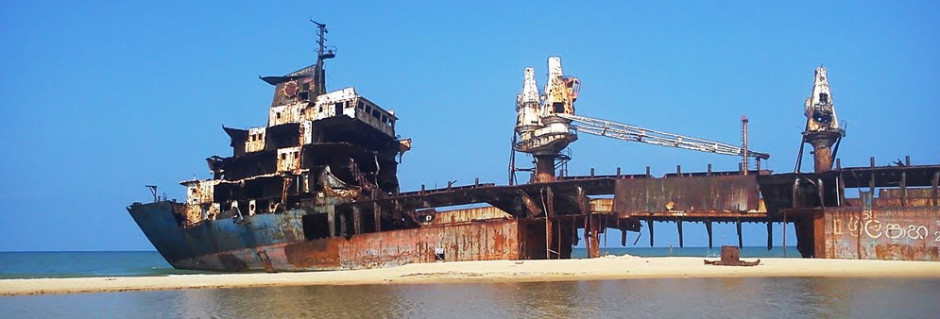
Micro-LPVs
Some Low Profile Vessels were very small and fitted somewhere between Human Torpedoes and Explosive boats. Note the vents and T-shaped outlet over the forward hull, key indicators for LTTE LPVs.

5. Semi-subs
Taking the low profile considerations a step further, semi-submersibles run almost completely submerged. However, the cockpit, air intakes and engine exhaust are usually above the surface. They have to be built more strongly than LPVs, with the most elaborate versions running completely submerged except for the snort masts – these are called ’snorkel subs’.
 First large steel semi-sub
First large steel semi-sub
This craft was found in shallow water along the Vellamullaivaikkal coast in June 2009. Although described as a submersible, the twin snort mast (air in, exhaust out) and single propeller suggest that it is a semi-sub. Additionally the access hatch is square which is not ideal for true submersibles. It does have large ballast tanks running along the sides however so would have had the ability to control its operating depth. The mild steel craft was 7.3m (24ft) long (without rudder or warhead on nose) and 1.2m (4ft) across.
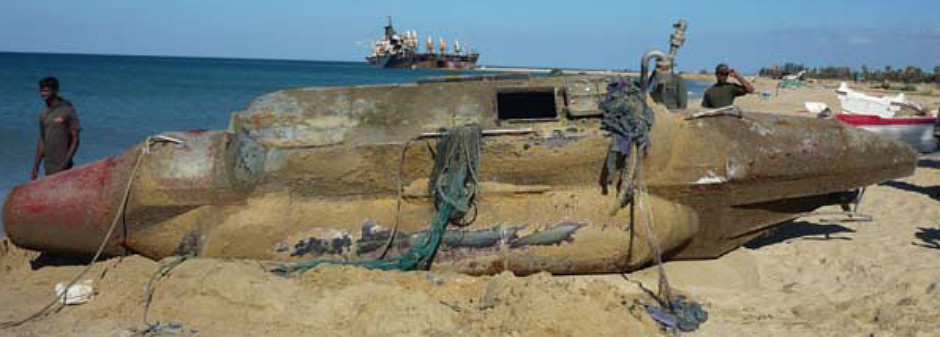

from www.defence.lk/
Steel semi-sub #2 Gokulan-24
Another steel semi-sub, this time captured in 2008. The forward and aft hydroplanes are visible, as is the small rudder. It was 5.4m (18ft) long and 1.5m (5ft) across. The writing is a male name, Gokulan (கோகுலன்), although the meaning is unclear.

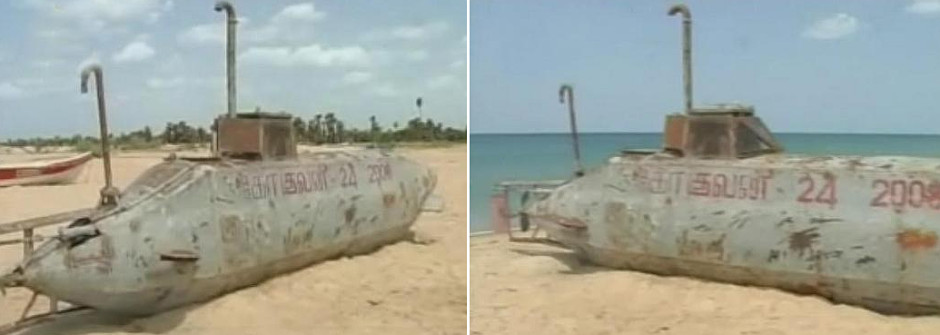
from eelavarkural.wordpress.com/2009/09/28/
Steel semi-sub #3 - Gokulan-45

An enlarged and improved version of the above, this craft was discovered in a jungle factory during the LTTE’s last days in 2009. The long nose spar suggests that it was intended to attack enemy ships with a torpedo-ram, much like the famous H.L. Hunley.
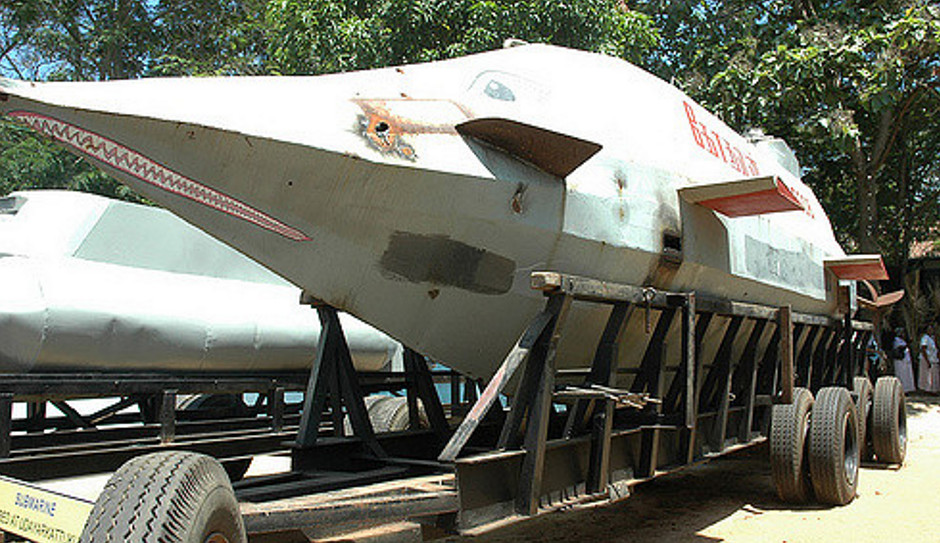

Steel semi-sub #4

This 8m (26ft) long steal craft was possibly the most sophisticated semi-sub developed by the Sea Tigers. A single prototype was discovered by Government forces in a jungle factory in January 2009. It is closely related to the similarly sophisticated steel Low Profile Boat (above) and they were probably built as a pair by the same designer. The cockpit is however much further forward with hydroplanes either side allowing it to dive and control depth. The cockpit was not watertight but had an access hatch in the roof. There are some indications that it was a wet-sub where the crew would have to wear diving gear. However the hull form suggests that it was designed to spend most of its time with the cockpit at least partially above the water.
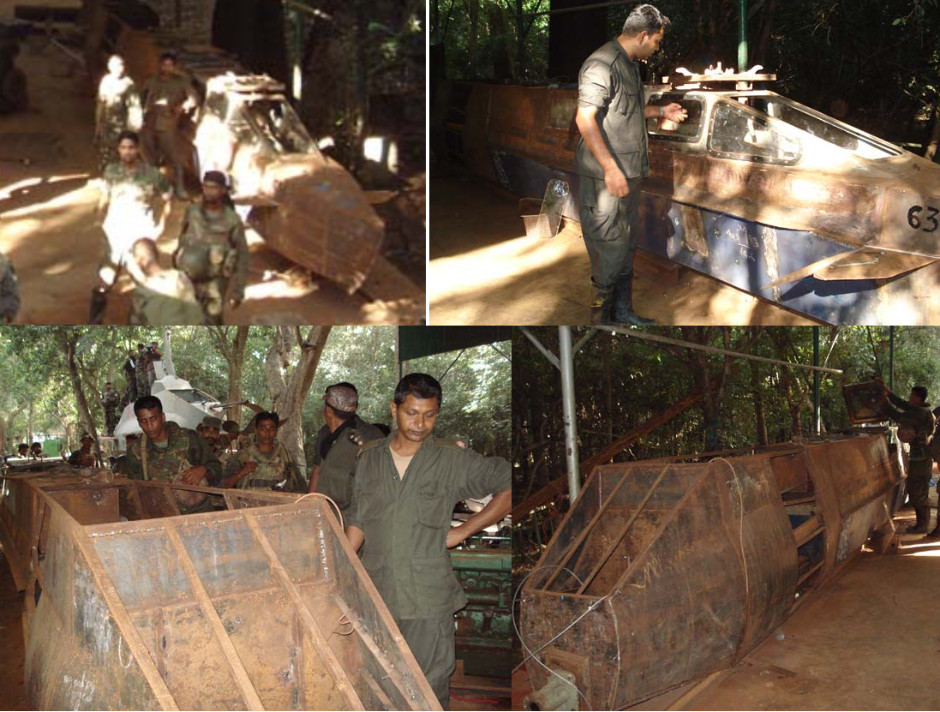

Fiberglass snorkel-sub
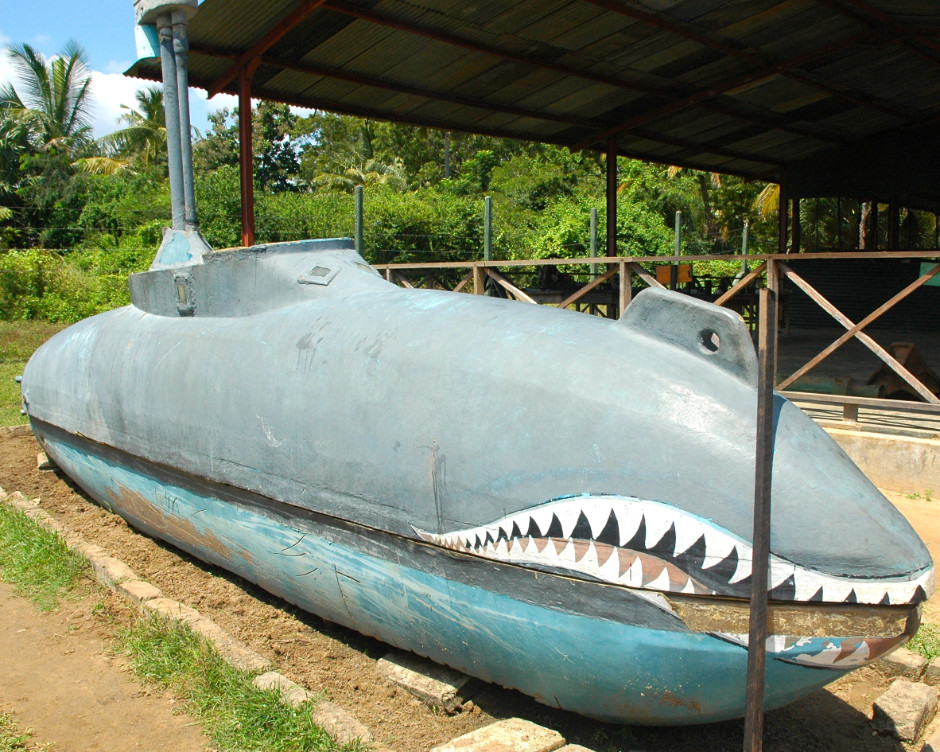
Looking like a true submarine, this almost complete fiberglass semi-sub has a tall fixed snort mast built into the cockpit fairing. From bandi42.files.wordpress.com
Oddball one-man semi-sub
A tiny one-man semi-sub captured in 2008. The exhaust piping betrays the internal combustion engine power plant.
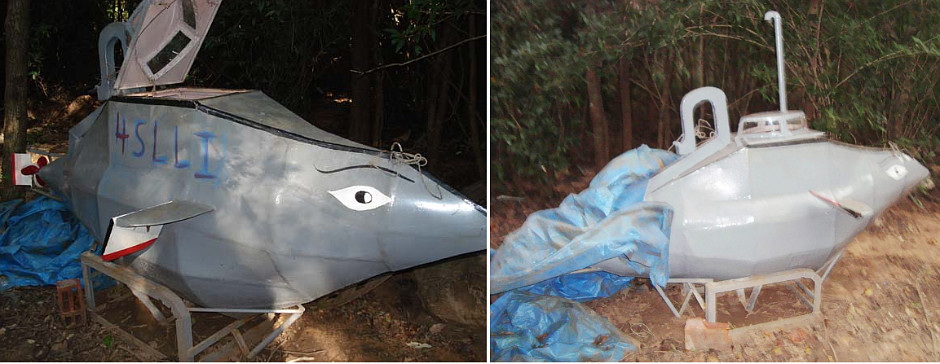
6. Submarines
In general true submarines are more difficult to build, maintain and crew than semi-subs and low profile boats (LPVs). Their tactical advantages, without the aid of sonar and torpedoes, are also quite limited, so it made sense that the Sea Tigers did not emphasize their development. Therefore the LTTE built relatively few true submarines which would be capable of fully submerged operations without at least a mast reaching the surface (as in a snorkel sub, see above). And the two largest types were both unfinished, leaving very few details of their intended finished form.
One man midgets
The LTTE’s first attempts at fully submersible were very small crudely built one-man craft. Endurance would have been very poor and they would have had limited military utility. They did lead the way to more impressive projects however.
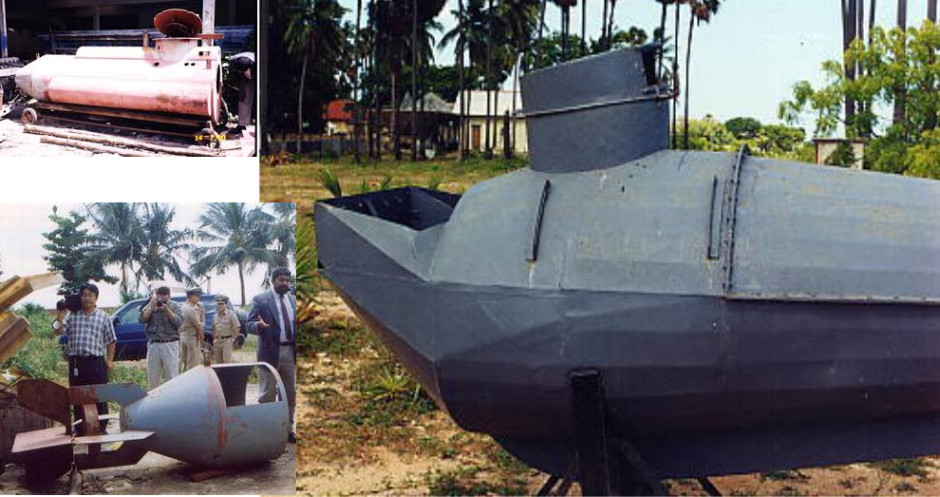
Possibly one of the first functioning true submersibles built was this tiny one-man contraption. The size and lack of exhaust pipe suggests that it was battery powered.
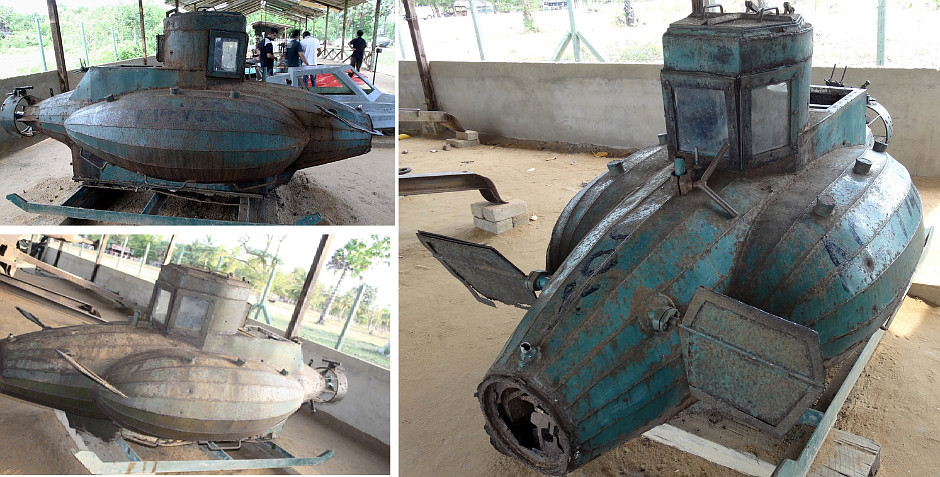
Construction of steel submarine

The unfinished hull of the 10m (30ft) submarine, still in its jungle factory. Very few details are available to suggest what it would have looked like when finished. Although the steel frame looks carefully designed, this is not how regular submarines are built and looks more like aircraft construction, albeit in heavy steel. The limiting factor was likely the availability of tooling and the difficulty of move full size submarine pressure hull sections in jungle factories. So this frame method would allow construction out of a large number of much smaller plates. The large number of welded steel plates however would be much weaker than Navy submarines so diving depth would be limited.
Construction of giant submarine
Even fewer details are available on this comparative giant. Clearly a submarine hull, it is oddly square towards one end. Given its size, either the Sea Tigers were building a smuggling submarine, or their sought to operate a ‘proper’ attack submarine. The design, while impressive, is not ideal for Navy type submarine construction. Very peculiar.
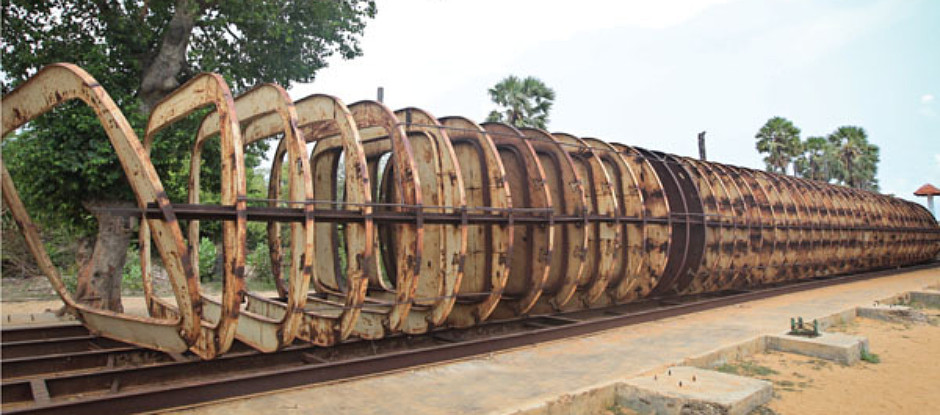
from http://exploresrilanka.lk/2012/11/emerging-out-of-the-shadows/
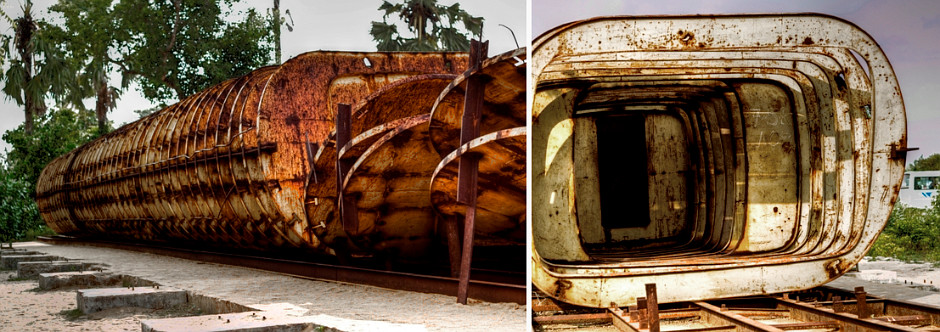
from http://momentitclicks.weebly.com/jaffna.html
7. Combat swimmers
The Sea Tigers included a small cadre of divers equipped with older Russian made military-grade equipment including rebreathers and diver prolusion devices.
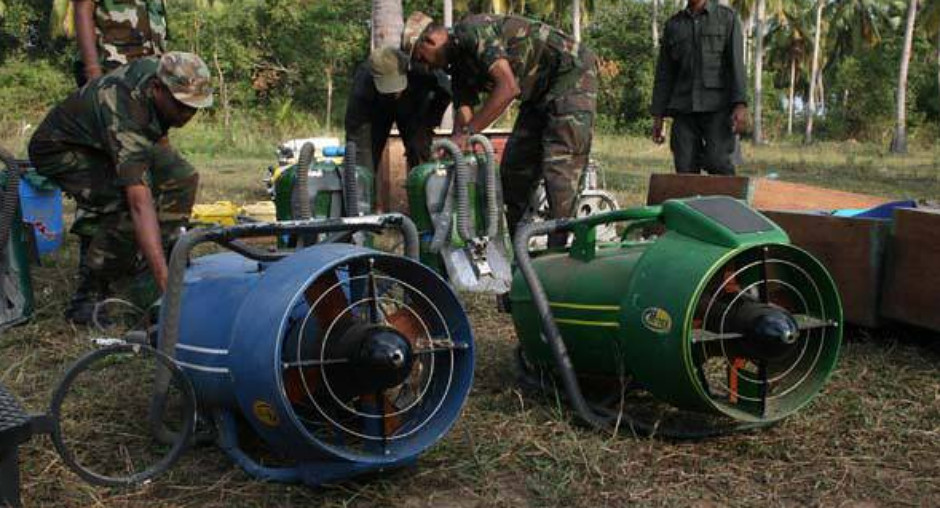
Russian made Proton Diver Propulsion Devices (DPVs) and IDA71 closed-circuit rebreathers.
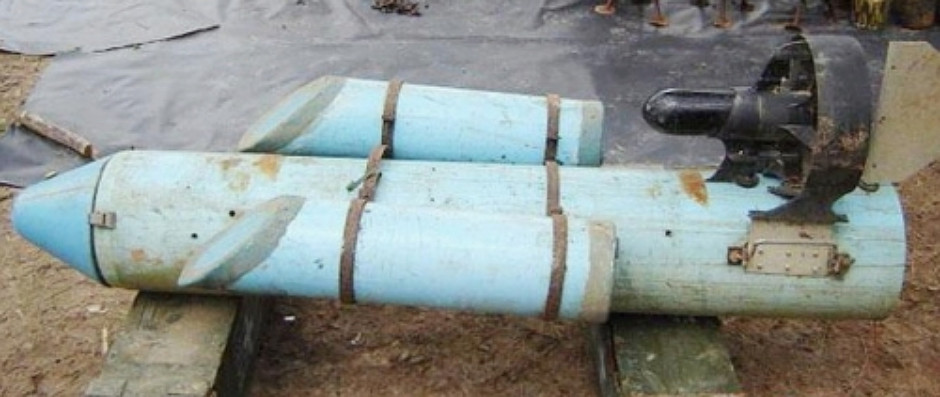
Some DPVs were locally produced.
The Tamil Tigers also used a range of manually powered paddle boards for reconnaissance and infiltration. Some have been described as suicide devices and may have been intended to carry explosives directly to the target.
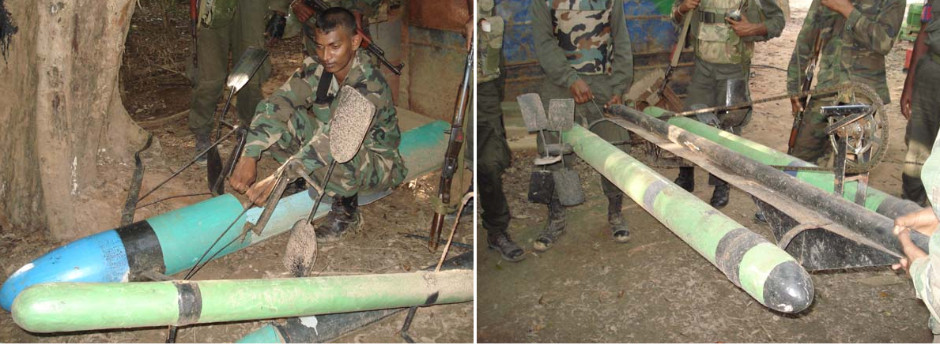
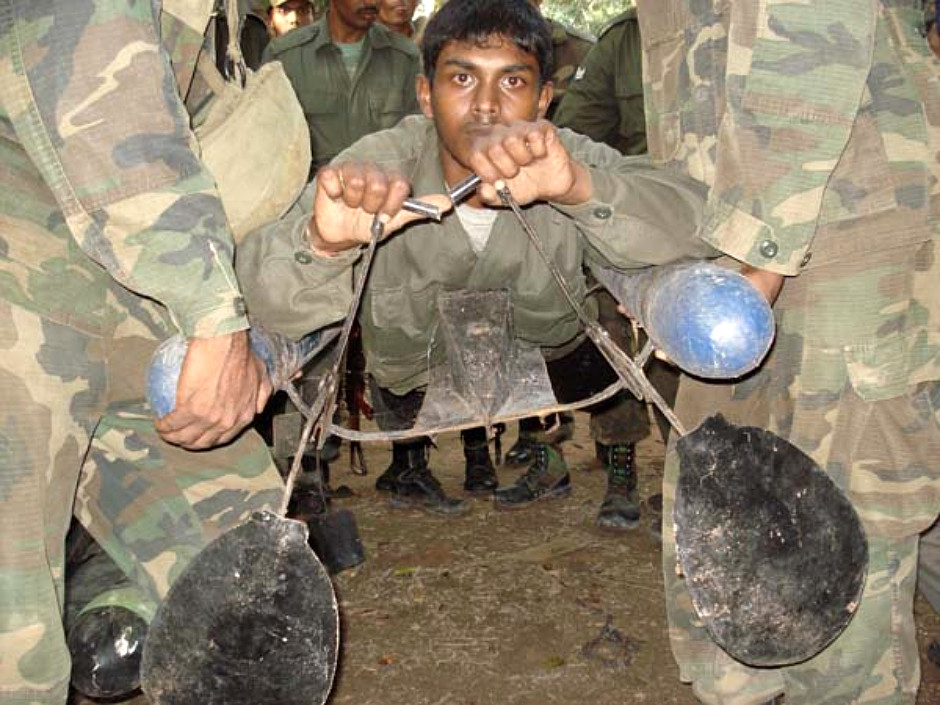
A Sri Lankan soldier demonstrates the paddle mechanism on captured float boards
8. Limpet mines
A limpet mine was found on the MV Tabarankla, and disarmed by Sri Lankan Navy Clearance Divers on 10-05-2008. It contained 16 kg of C4 explosives. The three fuze wells are similar to the Amman 2000 anti-vehicle mine produced by LTTE
9. Sea Mines
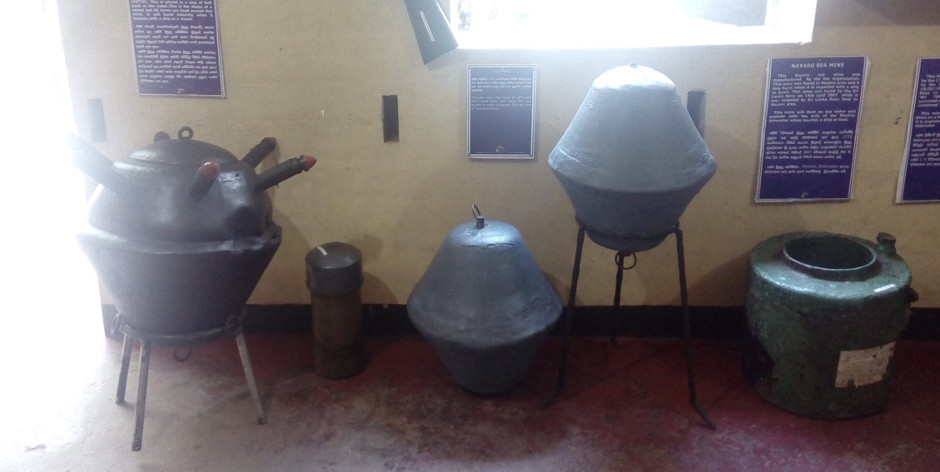
From left (1) to right (5):
1. Moored shallow water sea mine with impact horns.
2. Tbc
3 & 4. Moored impact sea mines. At least one recovered near Nayaru, 14th April 2007
5. Nayaru floating impact sea mine, found 15th April 2007
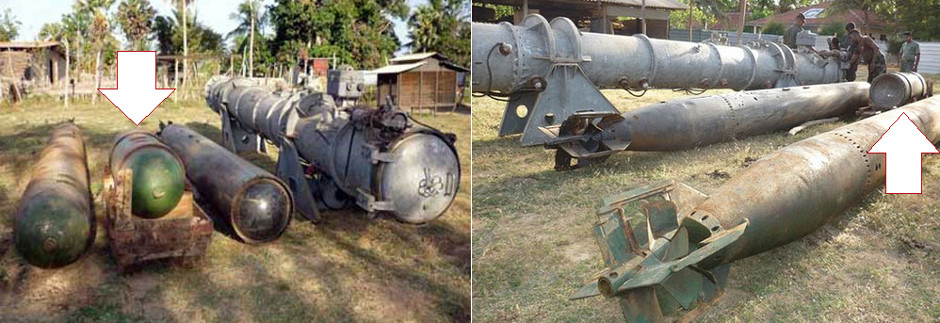
Sea mine made from a torpedo warhead.
The Narco-sub connection
There has been speculation that LTTE provided semi-sub and low profile vessel (LPV) knowhow to the Colombian drug Cartels c2006-9. On at least one occasion Tamil crewmen were captured aboard narco-subs operating between Colombia and Mexico. Circumstantially a transfer of ideas and design details is plausible but overall narco-sub and LTTE semi-subs are definitely not 1-1 copies. In particular steel plate is rarely used in narco-subs, and outboard motors almost never.
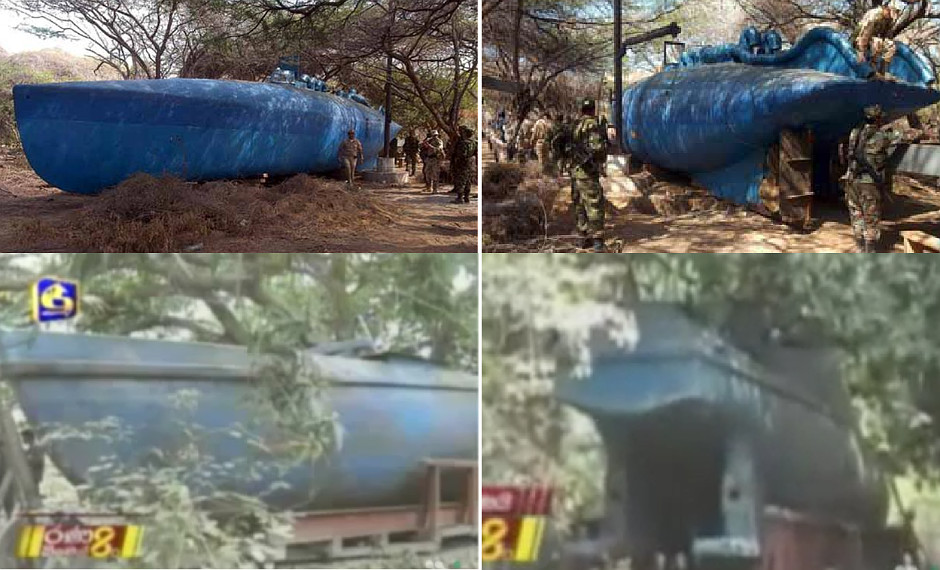
A large narco-sub from 2007 (top) and a roughly similar LTTE semi-sub from 2009. Both are twin engine with similar propeller and rudder configurations. The Sea Tiger craft is unusually large for the LTTE and may have been designed for smuggling supplies, much like a narco-sub.
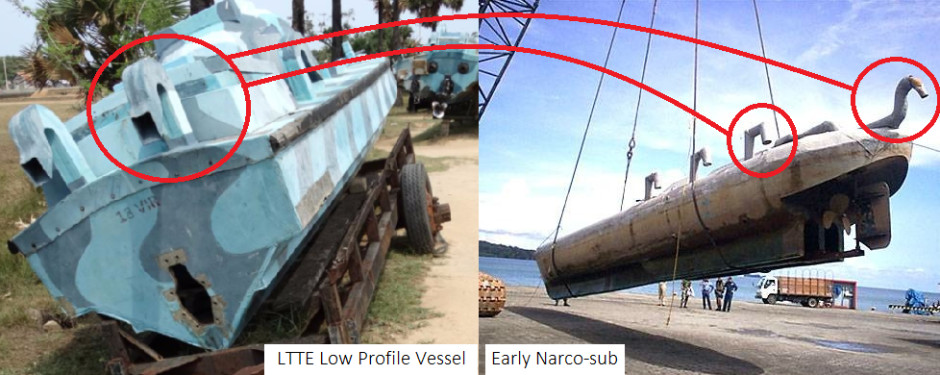
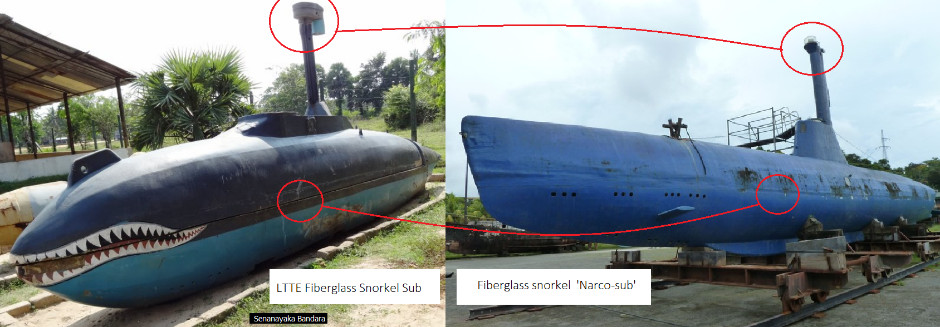
Although the narco-sub shown is a more elaborate design, both craft have an integrated senor/snort mast designed to allow it to operate completely submerged except for the mast. Additionally, both are built in two halves with the main join running horizontally along the sides.
Sri Lankan Navy Special Forces: SBS
In response to the Sea Tigers the Sri Lankan Navy began to experiment with Special Forces. Initially an unsanctioned group formed around Lieutenant Commander Shanthi Bahar and conducted reconnaissance and raiding in LTTE territory. The death of Bahar during an operation delayed official recognition of the unit, but the Special Boat Squadron (SBS) was formed in 1983. The SBS was largely modelled on their British namesake and adopted the Swimmer Canoeist model. The unit soon developed inshore and brown water capabilities, as well as air mobility and jungle tactics. Home http://www.navy.lk/special-unit.html
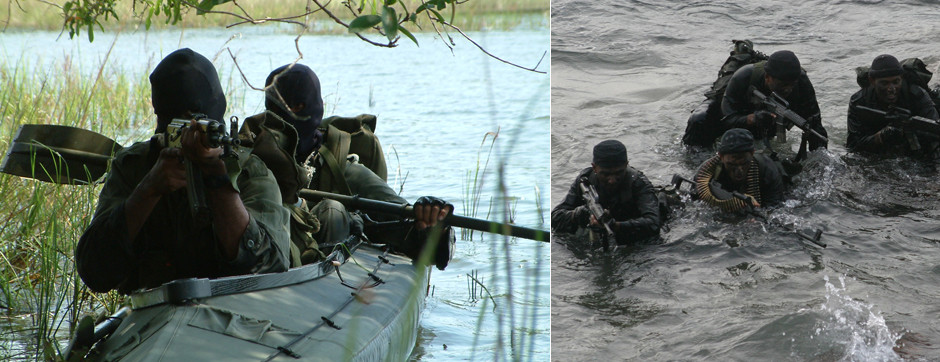
Related Articles

 SBS Archimedes SDV
SBS Archimedes SDV
 Narco Subs 101
Narco Subs 101

 INS Arihant, Indian SSBN and .2
INS Arihant, Indian SSBN and .2

 Iranian Fateh Class SSK
Iranian Fateh Class SSK
 Cutaway of Jules Verne’s Nautilus
Cutaway of Jules Verne’s Nautilus
 Armored Stealth Boat used for car smuggling by Chinese organized crime
Armored Stealth Boat used for car smuggling by Chinese organized crime



